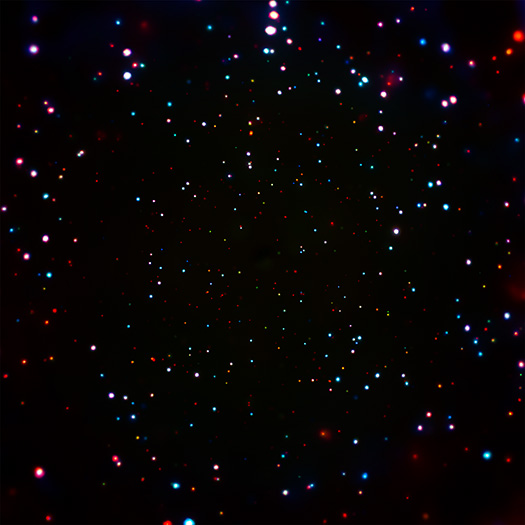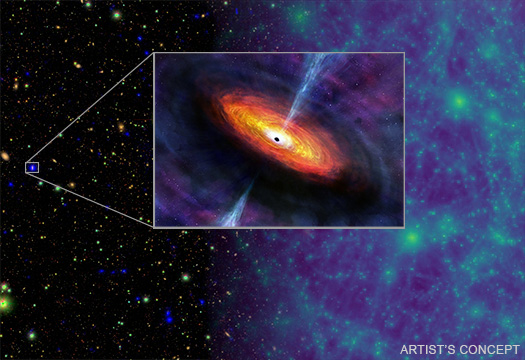Supermassive Black Hole Survey: What Causes the Enormous Size of Supermassive Black Holes?
From forefront X-ray observations coupled with state-of-the-art supercomputer simulations of galaxy assembly in cosmological time the best modeling for the growth of the supermassive black holes in galaxy cores according to a Penn State press release.
A group of astronomers, led by the Penn State University, used the data obtained from Chandra X-ray Observatory, XMM-Newton telescope of the European Space Agency, and eROSITA telescope of the Max Planck Institute for Extraterrestrial Physics. Altogether, they analyzed more than 8,000 growing rapidly black holes in a sample of one. 3 million galaxies.
By employing this combined method, the research team was able to obtain a full understanding of black hole growth from the early universe, approximately 1. They ranged from 8 billion years old to the present day at 13. 8 billion years old. They studied the two main channels for the growth of black holes: either by accreting cold gas from the host galaxy they reside in or through mergers with other supermassive black holes in the event of a merging galaxies.
The researchers also observed that in almost all cases, accretion was the dominant mode by which black holes grew. Merger activity made significant secondary contributions, disproportionately in the past 5 billion years of cosmic time for the most massive black holes. In total, all kinds of supermassive black holes, irrespective of their mass, were feeding at a much higher rate when the Universe was younger.
As a result, after about seven billion years there were nearly as many supermassive black holes in the Universe as there were then and earlier there were many new ones appearing.
The background image of the left side of this graphic depicts a data image of X-rays from XMM-Newton (blue) and optical light data in yellow and green. The inset is an artist’s impression of a supermassive black hole actively feeding off a disk of material around it, which is what produces X-rays that astronomers can detect. On the right side of the graphic, possibilities of supercomputer modeling of gas density over cosmic time using IllustrisTNG is displayed. The dark green areas represent the denser regions of the universe where galaxies and clusters of galaxies are situated.

These results were shown at the 244th meeting of the American Astronomical Society held in Wisconsin by Fan Zou from Penn State. The papers include one lead by Fan Zou that was published in The Astrophysical Journal in April 2024 and another unpublished paper that will be submitted to The Astrophysical Journal. Other members of the research team are Niel Brandt (Pennsylvania State University), Zhibo Yu (Pennsylvania State University), Hyungsuk Tak (Pennsylvania State University), Elena Gallo (University of Michigan, Bin Luo (Nanjing University, China), Qingling Ni (Max Planck Institute for Astronomy in Germany), Yongquan Xue (University of Science and Technology of China), and Guang Yang (University of Groningen,
The Chandra program is managed by NASA’s Marshall Space Flight Center. Science is managed from Cambridge Massachusetts by the Smithsonian Astrophysical Observatory’s Chandra X-Ray Center with flight operations managed from Burlington Massachusetts.
Source: Chandra x-ray observatory
Do not forget to share your opinion with us to provide you with the best posts !




0 Comments